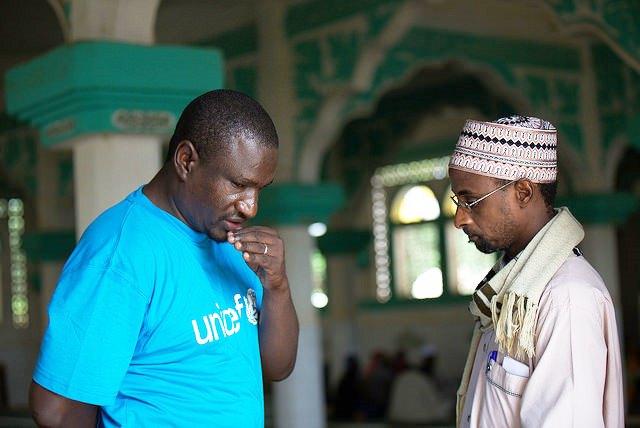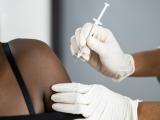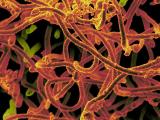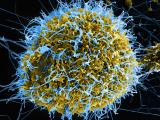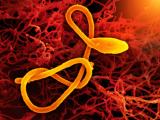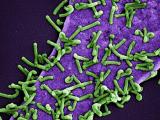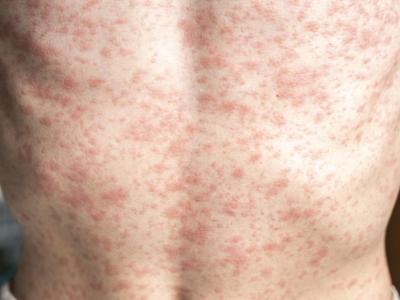The number of lab-confirmed Ebola cases in Guinea and Sierra Leone held steady last week, with much of the activity centered in a hot spot in a border area between the two countries, the World Health Organization (WHO) said today in its weekly update on disease activity and response actions.
Between them, the two countries reported 33 confirmed case last week, the same as the week before. The WHO said 25 of the Ebola infections were reported from two areas—Forecariah district in Guinea and neighboring Kambia district in Sierra Leone. Liberia for the fifth week in a row reported no new cases.
The WHO said improved community engagement targeting the areas is needed to ensure that responders are able to track all remaining chains of transmission, which is the key to ending the outbreak.
Guinea's total for last week was 22 confirmed cases, a rise of 3 from the week before. None were reported in Conakry, the capital. Meanwhile, Sierra Leone reported 11 new infections last week, 1 fewer than the previous week.
Mixed response markers
Response markers show a mixed picture for both countries. Some Ebola infections are still being identified only after undetected sick people die in communities, and some unsafe burials still take place—two factors that are known to pose virus transmission threats.
The WHO said that, in Guinea last week, 8 Ebola cases were detected only after postmortem testing, up from 6 the previous week. In Sierra Leone, 4 Ebola infections were diagnosed only after death, up from 3 the week before.
As for unsafe burials, 66 were reported in Guinea last week, down from 163 the week before. Guinea's government is implementing a new policy requiring that 100% of dead bodies in Conakry and surrounding districts be buried safely, regardless of cause of death.
Detection of new cases
Progress has also been slow on the goal of increasing the percentage of cases detected from known contacts, a marker that shows how well communities are reporting and isolating sick people, a key to curbing the spread of the virus. Guinea's percentages of new cases that emerged from known contact lists fell from 53% to 27% last week. In Sierra Leone, that indicator for the week of Apr 19, the most recent period with available data, was 50%.
Intensified case findings campaigns have been under way in parts of Guinea, which targeted Coyah district last week, during which illness alerts increased 91% over the previous week, but so far no new cases have been confirmed by lab testing.
The death and contact list indicators in both Guinea and Sierra Leone suggest that surveillance and community engagement still need improvement in some locations, the group said. The WHO added that Guinea's security situation is still challenging, with violent clashes between the government and opposition supporters hampering the work of responders.
Improved lab testing
According to the WHO, one marker that suggests increasing vigilance for both countries is the number of lab samples tested. Guinea's level rose for the fifth consecutive week, with 585 samples tested, while Sierra Leone tested 1,406 new samples during the same period.
Another positive trend for the week is that for the second week in a row, no Ebola infections were reported in health workers, keeping the total at 865, 504 of them fatal.
Liberia's last Ebola case-patient died on Mar 27 and was buried the next day. Labs still continue to test new samples for the virus, with no more confirmed cases. On May 9, 42 days (two incubation periods) will have passed since the last patient was buried, and if no cases crop up, the country will be considered free of Ebola.
See also:
Apr 29 WHO Ebola situation update
Apr 28 CIDRAP News story, "WHO releases next phase of Ebola response plan"
